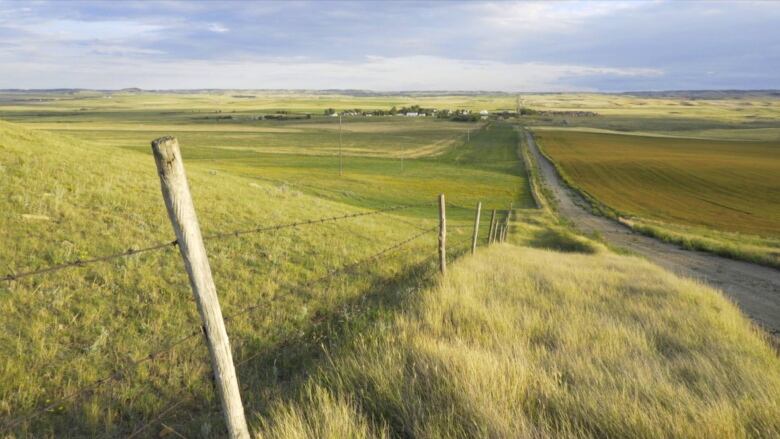We can't fight climate change without tackling agriculture emissions: Bob McDonald
Agriculture accounts for 1/3 of global emissions, but better farming practices could change that

When it comes to air pollution and greenhouse gas emissions, we generally think of the usual suspects: fossil fuel-powered electricalgenerating stations, vehiclesand industry.But, in fact, agriculture represents roughly one-third of global greenhouse gas emissions, as well as a significant amount of air pollution, and that means we need to make significant changes to the way we farm to help curb global warming and clean up the air we breathe.
Two reports released this week say that improvements in agricultural practices based on current technology will not be enough to bring those emissions down.
The first report,in the journal Global Change Biology, was froman international teamthat focused on emissions from gases other than carbon dioxide. Carbon dioxideis absorbed from the atmosphere when crops are planted and released after harvest, so in that sense,agriculture is carbonneutral.
Instead, the researcherslooked at methane, which comes from livestock and decaying organic matter, and nitrous oxide, which is produced by fertilizer.Both are significantgreenhouse gases. The report states that current mitigation plans would only reduce emissions by 20 to40 per cent, not enough to meet the targetsset by the Paris climate accord.
A second report in Geophysical Research Lettersshows that agricultural practices in the United States are responsible for more particulate matter in the atmosphere than all other industrial sources. The use of nitrogen fertilizers, techniques used forsoil preparation, decaying organic matterand livestock activityproducetiny airborne particles that combine with other air pollution to create aerosols that contribute toa variety of respiratory diseases and public health problems.
Reducing emissions while maintaining production
The agriculture industry faces the difficult challenge of reducing emissions without compromising food production, because more and more mouths to feed are being added to the planet every day.
Some reduction efforts are already being carried out, such aslimiting the amount of fertilizer used by more precisely timing its application.Methane inhibitors can be given to cows to reduce emissions fromtheir belching without harming milk productionwhile new varieties of cereal crops lower nitrous oxide emissions.
Beyond that, there are ways to make agricultural landhold more carbon. So-called no-tilltechniques keep more carbon in the ground, and an ancient technique thatturns organic material into biochar,a form of charcoalthat can be buried in the ground to store carbon while also acting as a natural fertilizer.
These practices, along with improvements in efficiency of water and energy use can go a long way to cutting down emissions from farms, but there is one more important factor that comes into play after the food leaves the farm:consumption.
In North America, roughly 30 per centof the food we purchase is wasted. We buy more than we need, and food oftensits in the back of the fridge beyond its expiry date. We also don't finish meals, and food is regularlythrown out by restaurants and grocery stores. Not to mention our agriculturally intensive taste for meat.
We in the developed world have been spoiled, living in the land of plenty and acting asthe breadbasket for much of the world. But our numbers are increasing, the demands on food production are rising, and the world is not making any more land.
Farmers can do their part, but we can go a long way as individuals by thinking more carefully about how muchand what we eat.












_(720p).jpg)


 OFFICIAL HD MUSIC VIDEO.jpg)
.jpg)



























































































